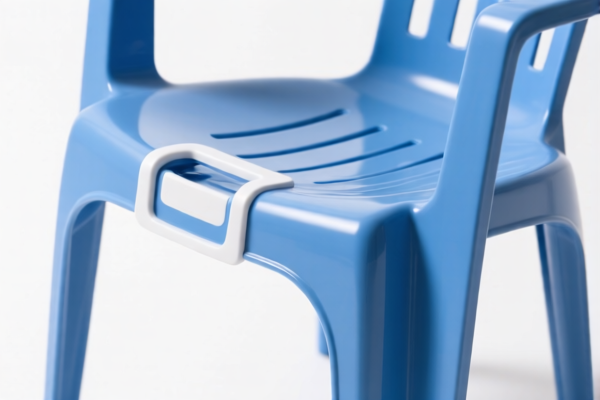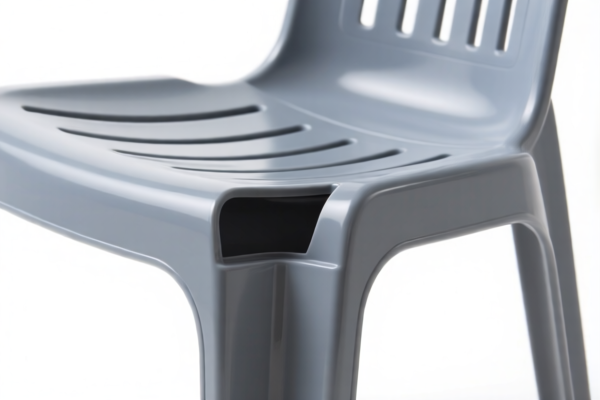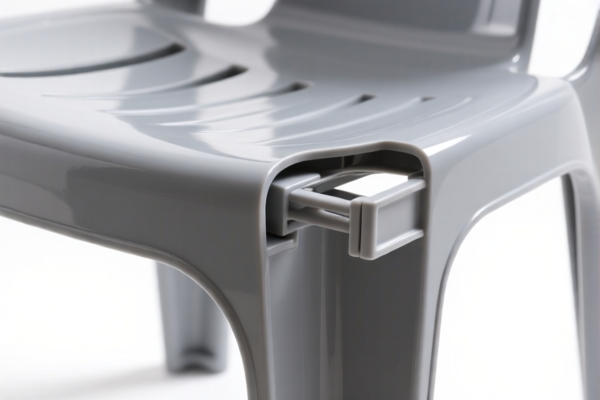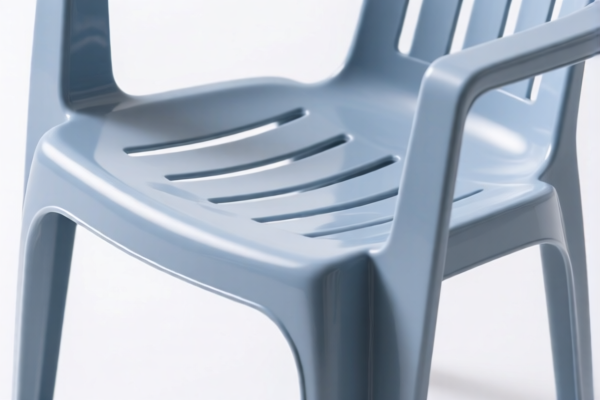| HS Code | Official Doc | Tariff Rate | Origin | Destination | Effective Date |
|---|---|---|---|---|---|
| 7315895000 | Doc | 83.9% | CN | US | 2025-05-12 |
| 7315893000 | Doc | 80.0% | CN | US | 2025-05-12 |
| 7326908688 | Doc | 82.9% | CN | US | 2025-05-12 |
| 8308909000 | Doc | 57.7% | CN | US | 2025-05-12 |
| 8301406060 | Doc | 43.2% | CN | US | 2025-05-12 |




Cargo Hook
A cargo hook is a device used for attaching and securing cargo during lifting and transportation. It is a fundamental component in various lifting operations across industries like shipping, construction, aviation, and warehousing.
Material
Cargo hooks are commonly manufactured from:
- High-Strength Alloy Steel: Provides high tensile strength and durability, suitable for heavy loads. Quenched and tempered steel is frequently used.
- Alloy Steel with Surface Treatments: Coatings like powder coating, galvanization, or painting are applied to enhance corrosion resistance.
- Stainless Steel: Employed in environments requiring high corrosion resistance, such as marine applications or food processing.
- Aluminum Alloy: Used in applications where weight reduction is critical, though generally for lighter loads.
Purpose
The primary purpose of a cargo hook is to:
- Secure Loads: Reliably connect and hold cargo during lifting, lowering, and transit.
- Distribute Weight: Evenly distribute the weight of the cargo to prevent damage or instability.
- Enable Safe Lifting: Facilitate controlled and secure lifting operations, minimizing the risk of accidents.
Function
Cargo hooks function based on a simple mechanical principle:
- Latch Mechanism: Most hooks incorporate a latch or locking mechanism to prevent accidental disengagement of the cargo. This can be spring-loaded, screw-locked, or operated manually.
- Swivel Function: Many hooks feature a swivel eye to allow for rotation, preventing twisting of the lifting sling or rope.
- Load Bearing: The hook’s shape and material are designed to withstand significant tensile forces without deformation or failure.
- Shackle Connection: Hooks are typically connected to lifting slings, ropes, or chains via shackles.
Usage Scenarios
- Shipping Industry: Used on cranes and ships to load and unload containers, bulk cargo, and other materials.
- Construction: Employed with cranes and hoists to lift building materials, equipment, and prefabricated components.
- Aviation: Utilized in aircraft cargo loading and unloading operations.
- Warehousing & Logistics: Used with forklifts, hoists, and cranes to move pallets, boxes, and other goods.
- Oil & Gas: Used in offshore platforms and onshore facilities for lifting equipment and supplies.
Common Types
- Single Leg Hooks: Consist of a single hook attached to a lifting sling or rope.
- Double Leg Hooks: Feature two hooks connected to a single lifting point, providing increased stability.
- Ball Hooks: Feature a ball-shaped eye for 360-degree rotation, allowing for versatile positioning.
- Self-Locking Hooks: Incorporate a mechanism that automatically locks the hook in the closed position.
- Eye Hooks: Have an eye opening for connecting to lifting slings or ropes.
- Shank Hooks: Have a shank for connecting to lifting slings or ropes.
- Specialty Hooks: Designed for specific applications, such as lifting pipes, beams, or other unique loads.
- Rated Hooks: Hooks with a specified working load limit (WLL) clearly marked on the hook body.
Cargo hooks are typically used for lifting and securing loads, often in industrial settings, marine applications, or transportation. They are generally made of iron or steel. Based on these characteristics, the following HS codes are relevant:
- 7315895000: Chain and parts thereof, of iron or steel: Other chain: Other: Other. This code covers chains, which may include components used in cargo hook assemblies. The total tax rate is 83.9%, comprising a 3.9% base tariff, a 25.0% additional tariff, and a 30.0% additional tariff applicable after April 2, 2025, plus a 25% additional tariff on steel/aluminum products.
- 7315893000: Chain and parts thereof, of iron or steel: Other chain: Other: With links of essentially round cross sections: Over 8 mm in diameter. This code specifically applies to chains with round cross-sections exceeding 8 mm in diameter, potentially relevant if the hook incorporates such a chain. The total tax rate is 80.0%, consisting of a 0.0% base tariff, a 25.0% additional tariff, and a 30.0% additional tariff applicable after April 2, 2025, plus a 25% additional tariff on steel/aluminum products.
- 7326908688: Other articles of iron or steel: Other: Other: Other: Other. This code covers a broad category of iron or steel articles, and could potentially include cargo hooks if they don't fall under more specific classifications. The total tax rate is 82.9%, comprising a 2.9% base tariff, a 25.0% additional tariff, and a 30.0% additional tariff applicable after April 2, 2025, plus a 25% additional tariff on steel/aluminum products.
It is important to note that the final HS code classification depends on the specific design and material composition of the cargo hook.
Regarding HS code 7315895000, 7315893000 and 7326908688, please note the need to verify the material (steel or aluminum) and may require documentation confirming the composition.
Customer Reviews
No reviews yet.